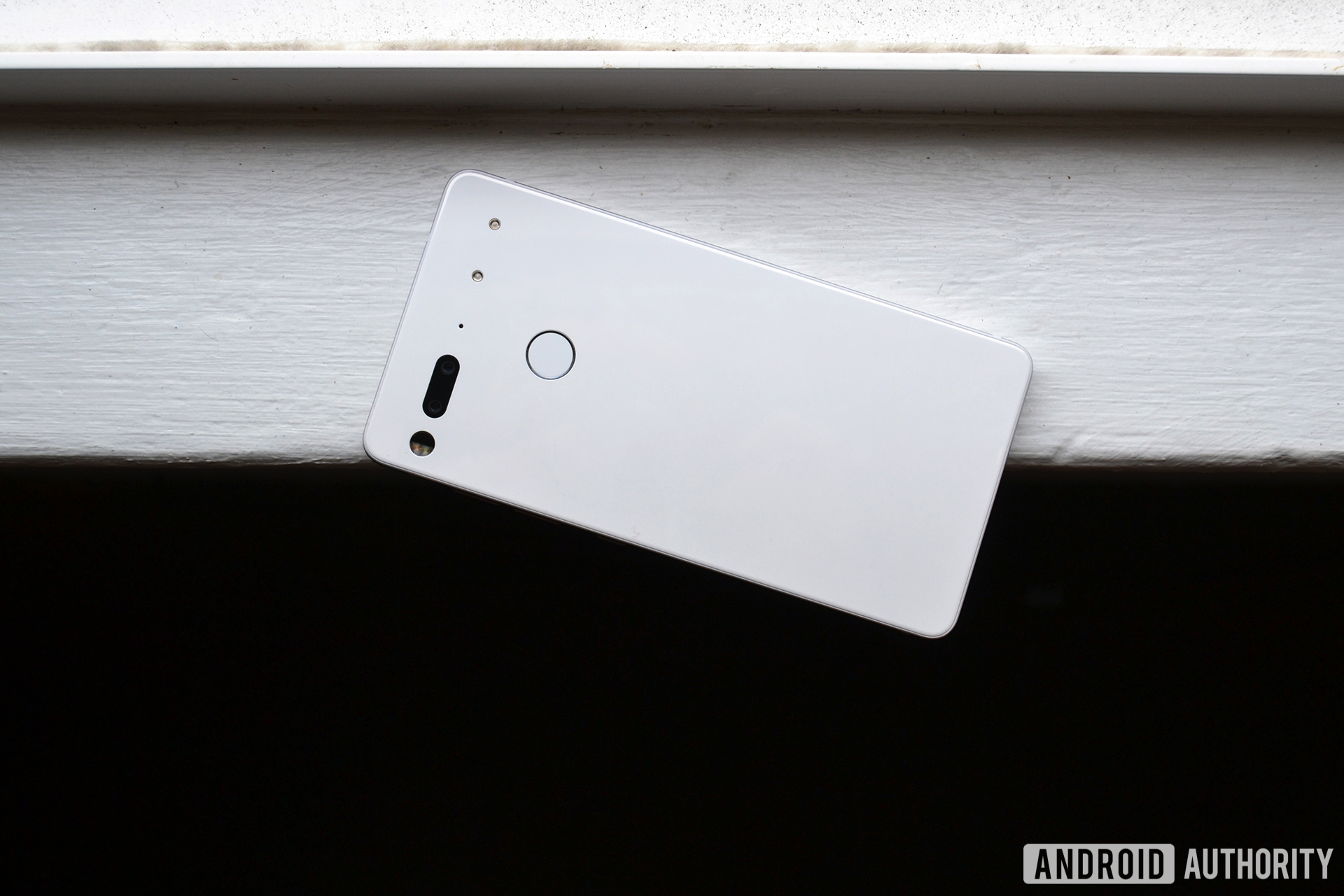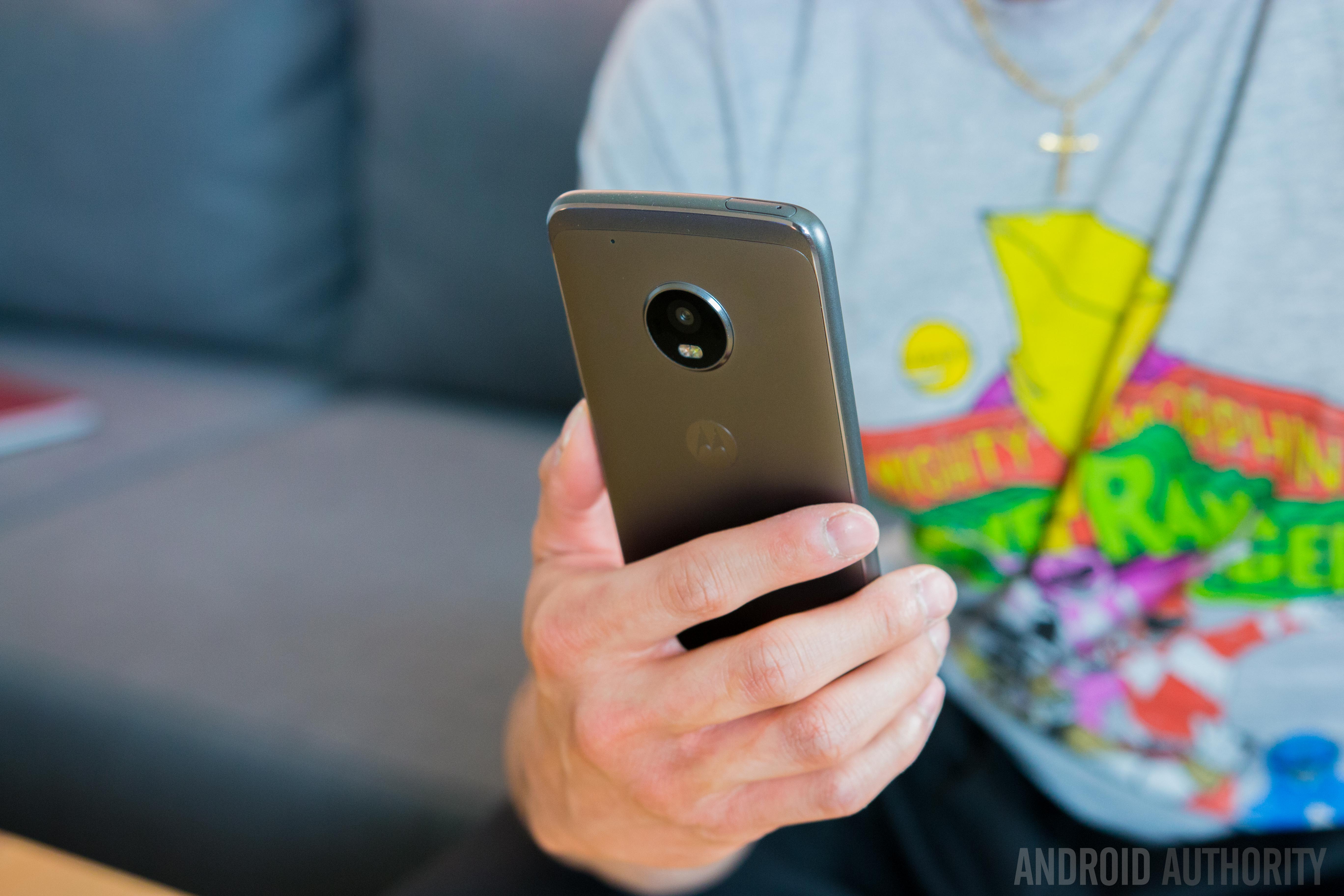You really don’t have to buy the latest and greatest smartphone, especially if you’re on a strict budget. These days, mid-range phones like the Moto G6 series, Xiaomi’s Redmi Note 5 Pro, and Nokia’s 2018 devices all have a lot to offer.
There’s also another alternative to buying today’s high-end phones: yesterday’s high-end phones. They’re not the latest and greatest, but they used to be, and you can usually find them cheaper. We’ve picked a few devices worth considering.
We generally stuck to phones from 2017 or earlier that have a successor out already (where possible) and go for less than $600 these days.
Samsung Galaxy S8
The Galaxy S9 is on the market and last year’s Samsung flagship has received a significant price cut. It’s still got loads of fantastic features too.
It’s packing the Snapdragon 835 chipset (or Exynos 8895 for global variants), 4GB of RAM, 64GB of storage, a 12MP f/1.7 main camera, and 8MP selfie shooter. The 3,000mAh battery is pretty average by 2017 standards even, but Samsung’s got several power-saving modes to help out.
The Galaxy S8 64GB is available for just $499 from Samsung’s website — a huge drop down from the $750 launch price.
Essential Phone
The Essential Phone didn’t have the smoothest launch, owing to a bad camera experience and poor sales. Since then, the company has delivered a slew of updates, improving the dual 13MP camera setup, among other features.
It’s the first major phone with a notched display, beating Apple to the punch, but it’s not a one-trick pony either. You’ve got a powerful Snapdragon 835 chipset, 4GB of RAM, 128GB of non-expandable storage, a 3,040mAh battery, and an 8MP selfie camera. There’s also a 360-degree camera mod, if that’s your thing.
The phone has seen a massive drop in price since launch, coming in at under $500 these days (it was available for just $250 during Prime Day). It also supports the Android P developer preview, if you’d like to get in on the action.
Nokia 8
The Nokia 8 wasn’t the most cutting-edge device of 2017, but it was certainly one of the cheapest high-end handsets at launch at 599 euros (~$700).
It’s available for just under $400 online right now, offering plenty of bang for your buck. It’s got a Snapdragon 835 processor, 4GB of RAM, 64GB of expandable storage, a 3,090mAh battery, and a dual 13MP camera pairing (RGB, monochrome).
The Nokia 8 doesn’t have the best camera, full-on water resistance, or the most features, but its recent Pro Camera update added intuitive manual controls. Toss in HMD’s commitment to updates, and you’ve got a 2017 flagship that’ll age better than most.
Google Pixel
Google’s first-generation Pixel phones signaled Mountain View could play with the big brands when it came to camera quality. This was largely due to the firm’s refined HDR+ photography techniques, delivering a big jump in dynamic range and low-light quality.
The phone is still pretty capable, offering an ageing but handy Snapdragon 821 chipset, 4GB of RAM, between 32GB and 128GB of storage, and a five-inch full HD AMOLED screen.
Retailer B&H recently slashed the price of OG Pixel phones to under $350, which is a pretty great deal. However, remember that a few first-gen Pixels seem to suffer from motherboard issues.
LG G6
Much like the Pixel, the LG G6 uses the two-year-old Snapdragon 821 chipset, so it’s not the most powerful phone on the list by any measure. Nevertheless, the phone’s sub-$500 price makes it an attractive proposition, especially when looking at the rest of the spec sheet.
On top of the 4GB of RAM and 32GB,64GB, or 128GB of expandable storage, you also get a 3,300mAh battery, 13MP main camera, 13MP super wide-angle camera, 5MP selfie snapper, and a 5.7-inch 1,440p LCD screen.
The biggest issue might be the region-specific features however, as you’ll struggle to find a model with all the nifty features. The quad-DAC audio hardware is largely limited to Asia-Pacific markets, while wireless charging is U.S. only. Fortunately, the LG V30 seems to deliver all these features in one model, although it’s still rather pricey right now.
Huawei P10 Plus
The P10 Plus received a solid price drop when the P20 series launched. For ~$550 online, this is a pretty solid phone.
Huawei’s 2017 flagship packs a nippy Kirin 960 chipset (although the GPU department isn’t amazing), 4GB to 6GB of RAM, and 64GB or 128GB of expandable storage. In fact, the RAM and storage still matches many 2018 flagships.
Toss in a 3,750mAh battery, a 20MP and 12MP dual-camera setup, and an 8MP selfie snapper, and you’ve got a pretty compelling offering anyway.
Sony Xperia XZ1/Compact
The Xperia XZ2 series might be in the limelight right now, but the XZ1 and XZ1 Compact are certainly worth considering if you’re a budget-conscious user.
Both phones’ key selling point is 960fps super slow motion video recording, which is a feature rival brands only implemented this year. If you like super slow mo but don’t care for 2018 flagship pricing, pay attention to this duo. You’ll be spending ~$360 for the Compact and roughly ~$500 for the standard model.
Sony’s late 2017 flagships also offer a Snapdragon 835 chipset, 4GB of RAM, and 64GB of expandable storage (32GB for the XZ1 Compact). But the biggest downside for U.S. consumers is the lack of a fingerprint scanner — maybe try importing an international model instead. Nevertheless, there aren’t many alternatives, especially if you want the Compact.










0 coment�rios:
Post a Comment